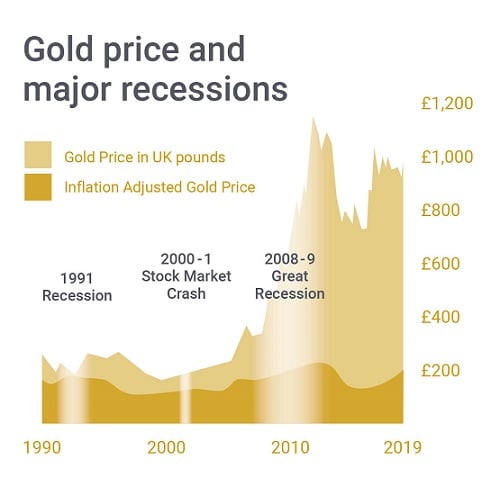Friends, let’s talk about something crucial – margin financing. As of yesterday, April 22nd, we’ve seen a decrease of 626 million yuan (approximately $87 million USD) in total margin debt across the Shanghai and Shenzhen exchanges. Shanghai saw a drop of 2.208 billion yuan, while Shenzhen experienced a slight increase of 15.82 billion yuan. The overall figure now sits at 1.792453 trillion yuan.

Photo source:justsignals.blogspot.com
Now, before you hit the panic button, let’s dissect this. A decline in margin debt isn’t always a bad thing. It can signal investors are reducing leverage and becoming more cautious, a healthy sign after recent gains, especially considering the lingering global economic uncertainties.
However, it could also be a temporary pullback. Perhaps investors are simply reallocating funds, or squaring up positions ahead of upcoming data releases. We’ve seen this dance before. The key is to watch the trend, not fixate on a single day’s figure.
Let’s quickly break down margin financing for those newer to the game:
Margin financing allows investors to borrow money from brokers to purchase securities. This amplifies both potential gains and losses. It’s essentially using leverage—borrowed capital—to increase investment exposure.
Think of it this way: if you have $10,000 and a 50% margin requirement, you can control $20,000 worth of stock. A small price movement can lead to a larger profit… or a larger loss.
Increased margin debt often correlates with bullish market sentiment, fueled by easy money and risk appetite. Conversely, a decline can indicate growing fear and deleveraging. Keep a close eye on this metric; it’s a vital temperature check for the market.




